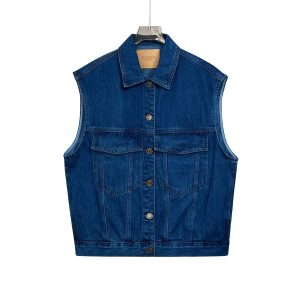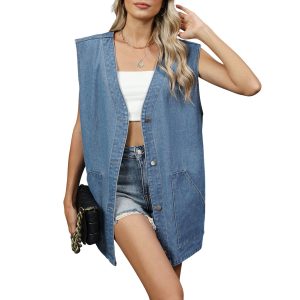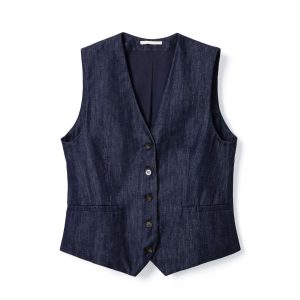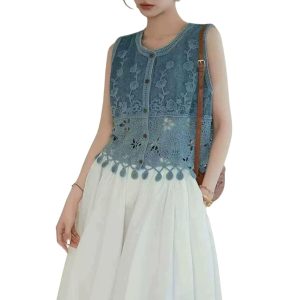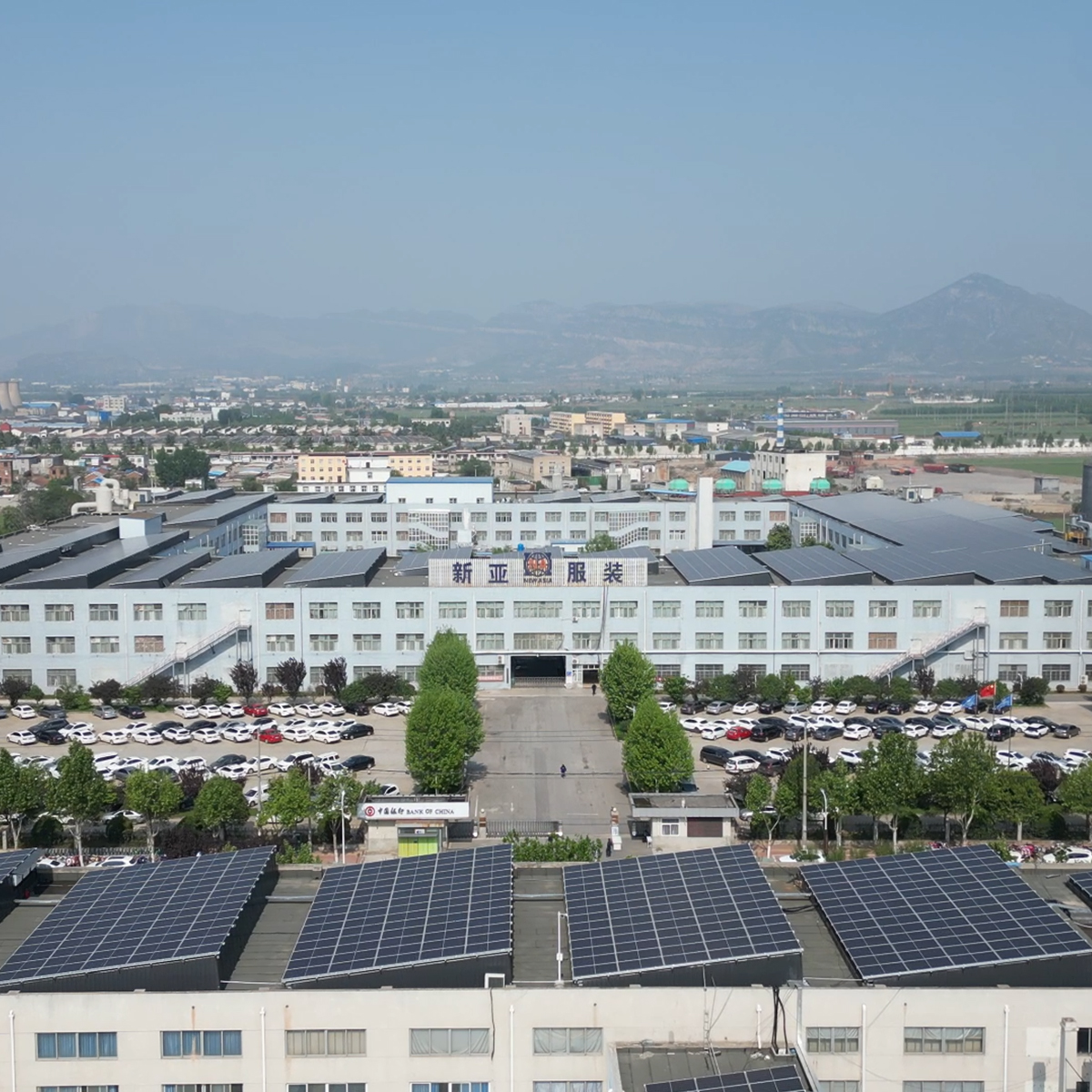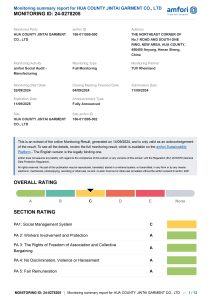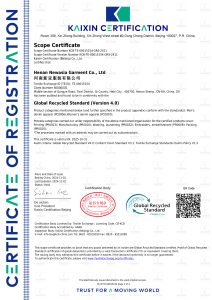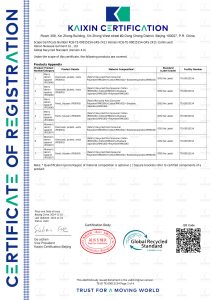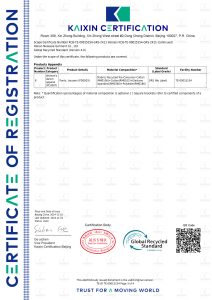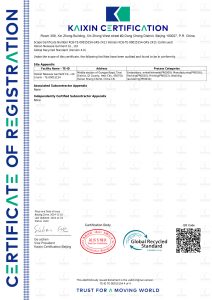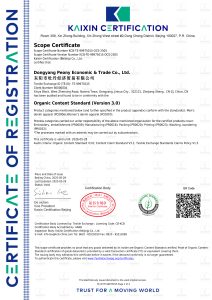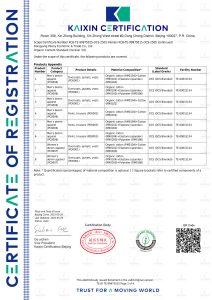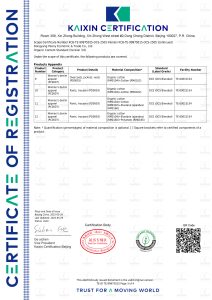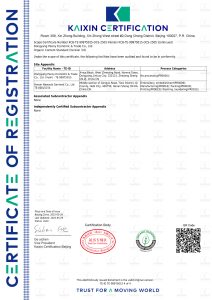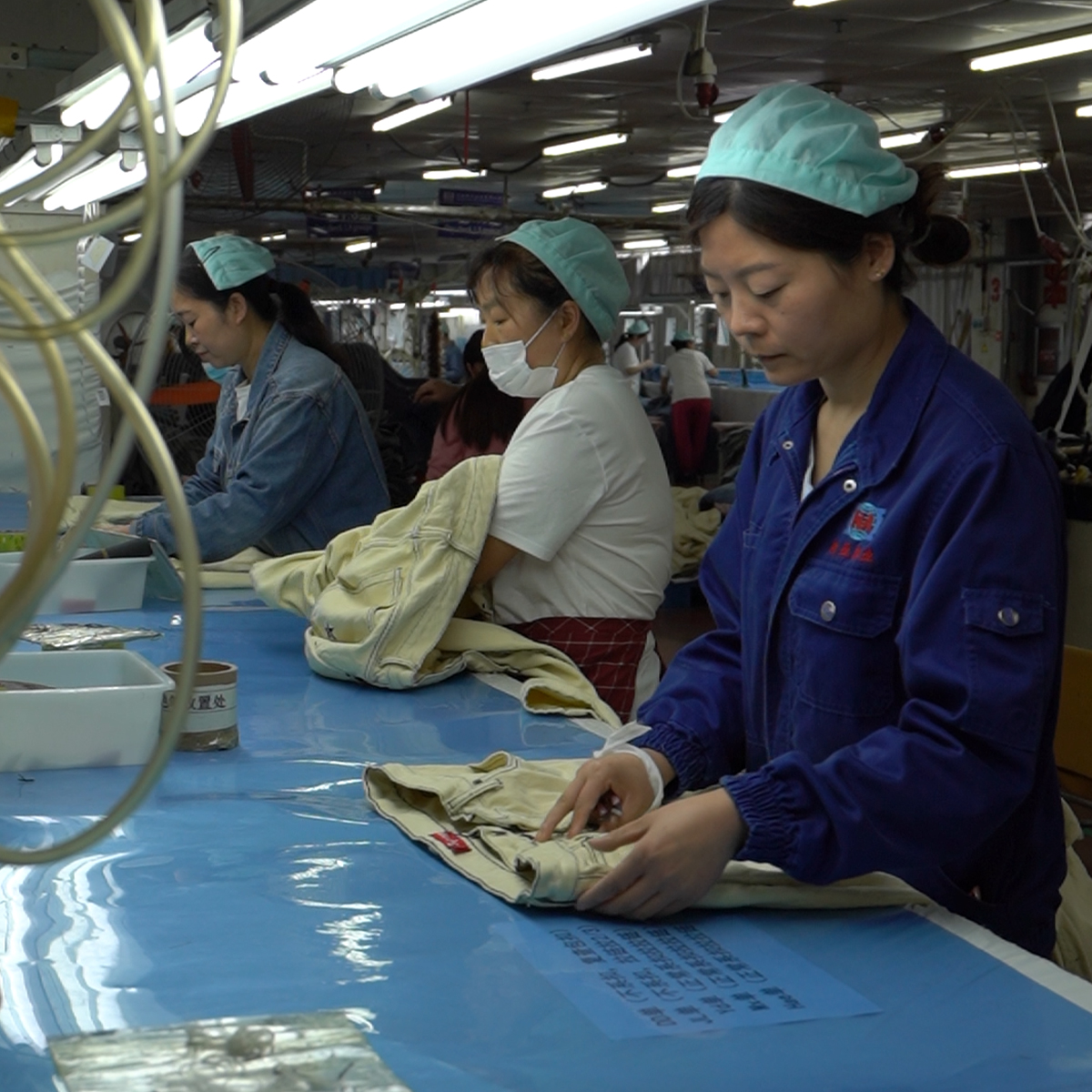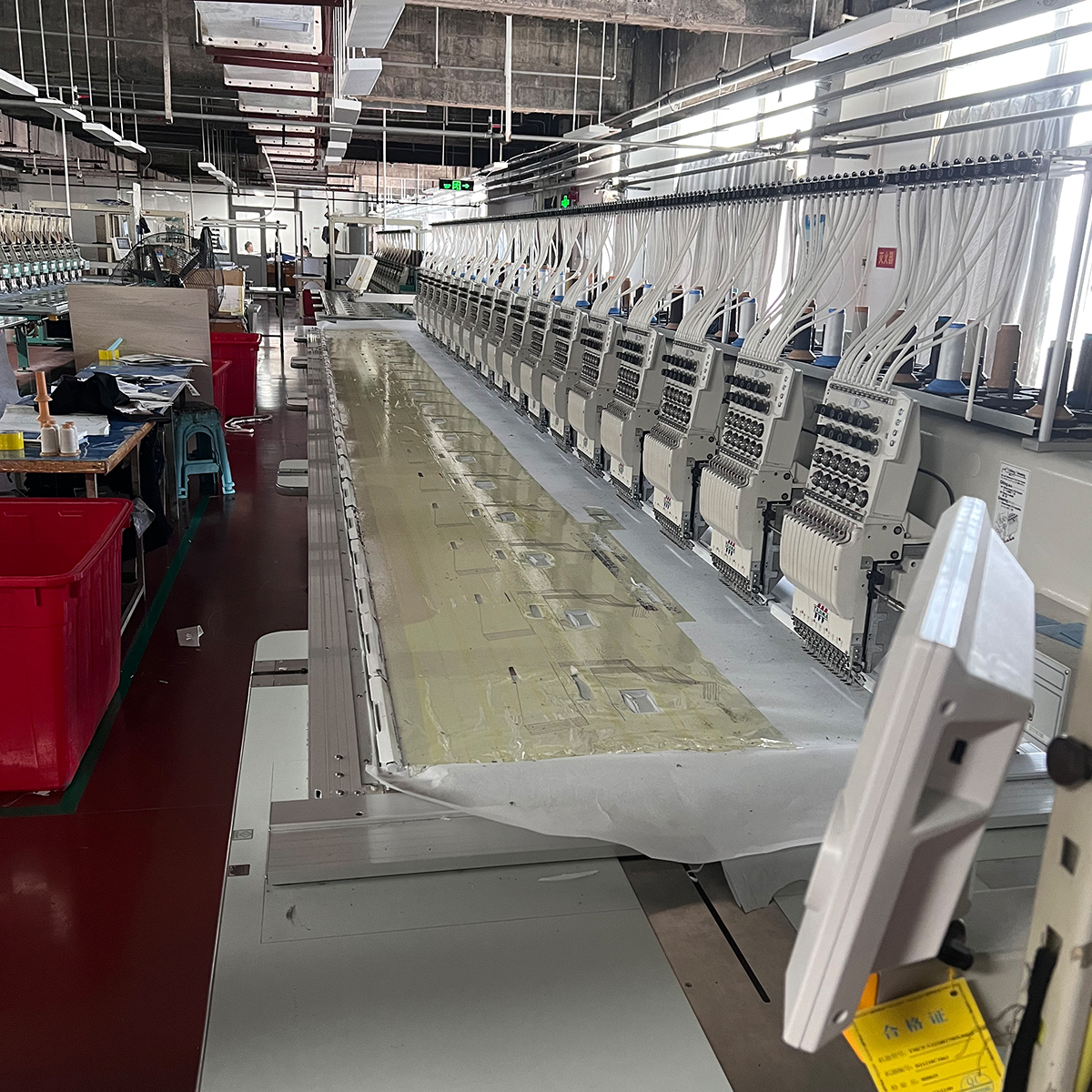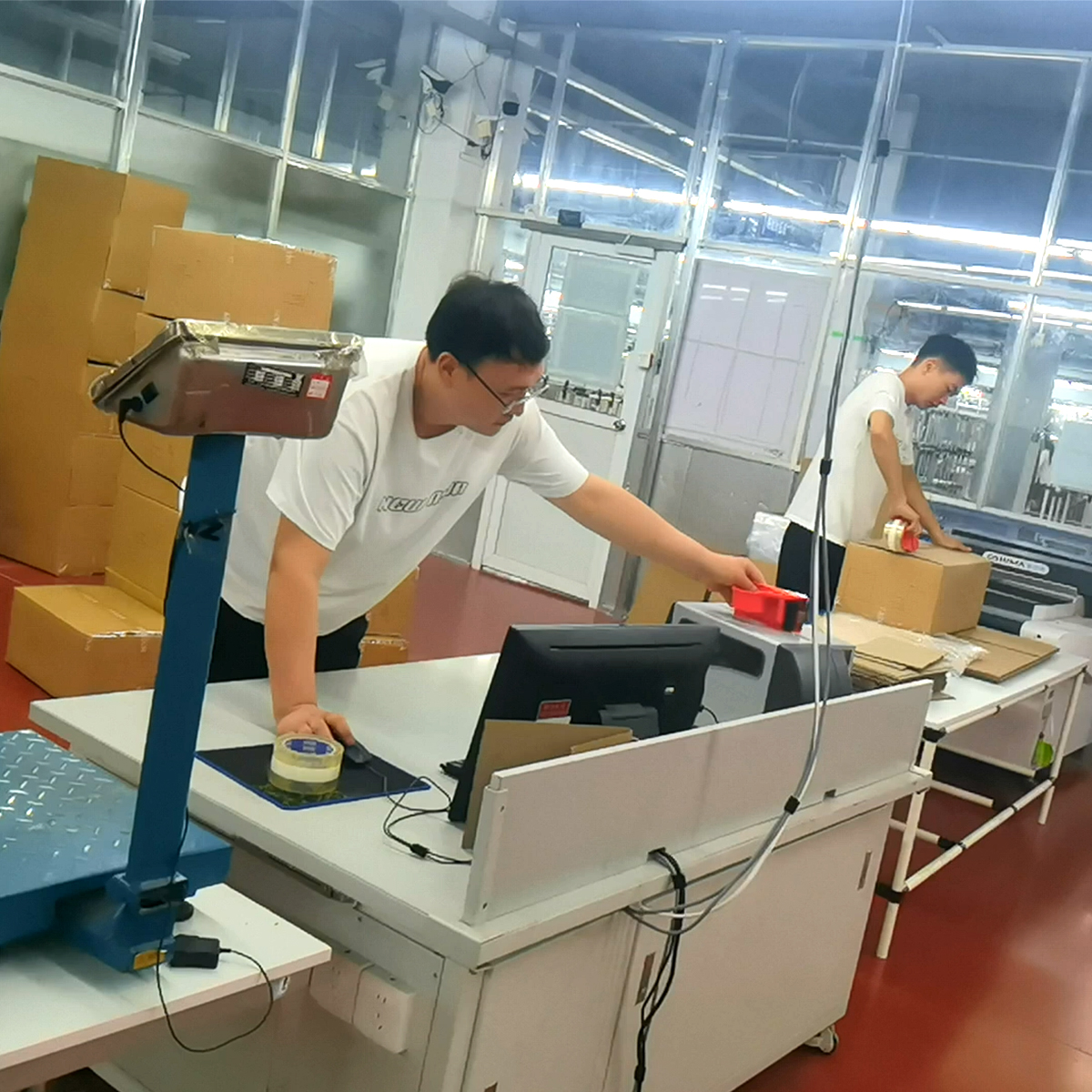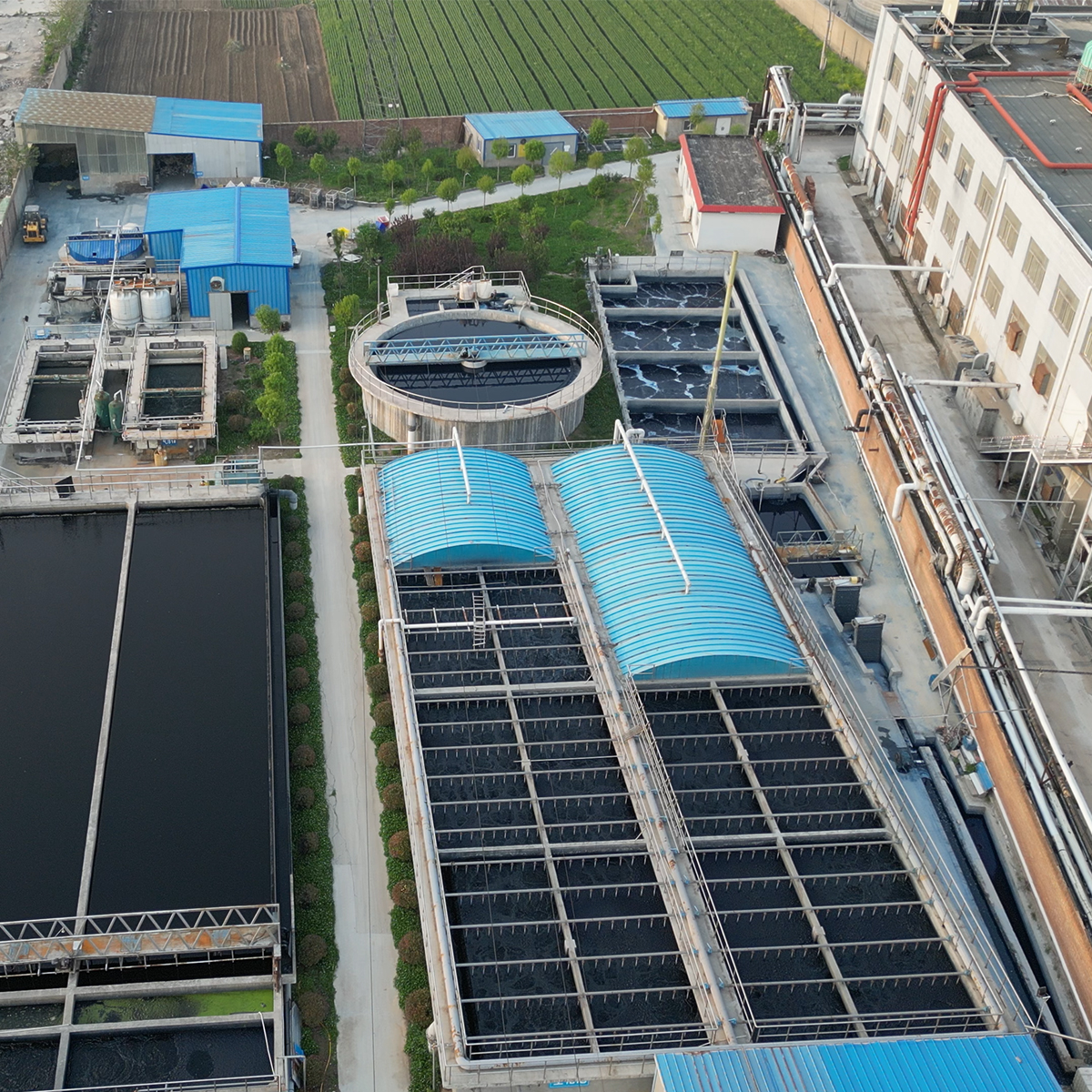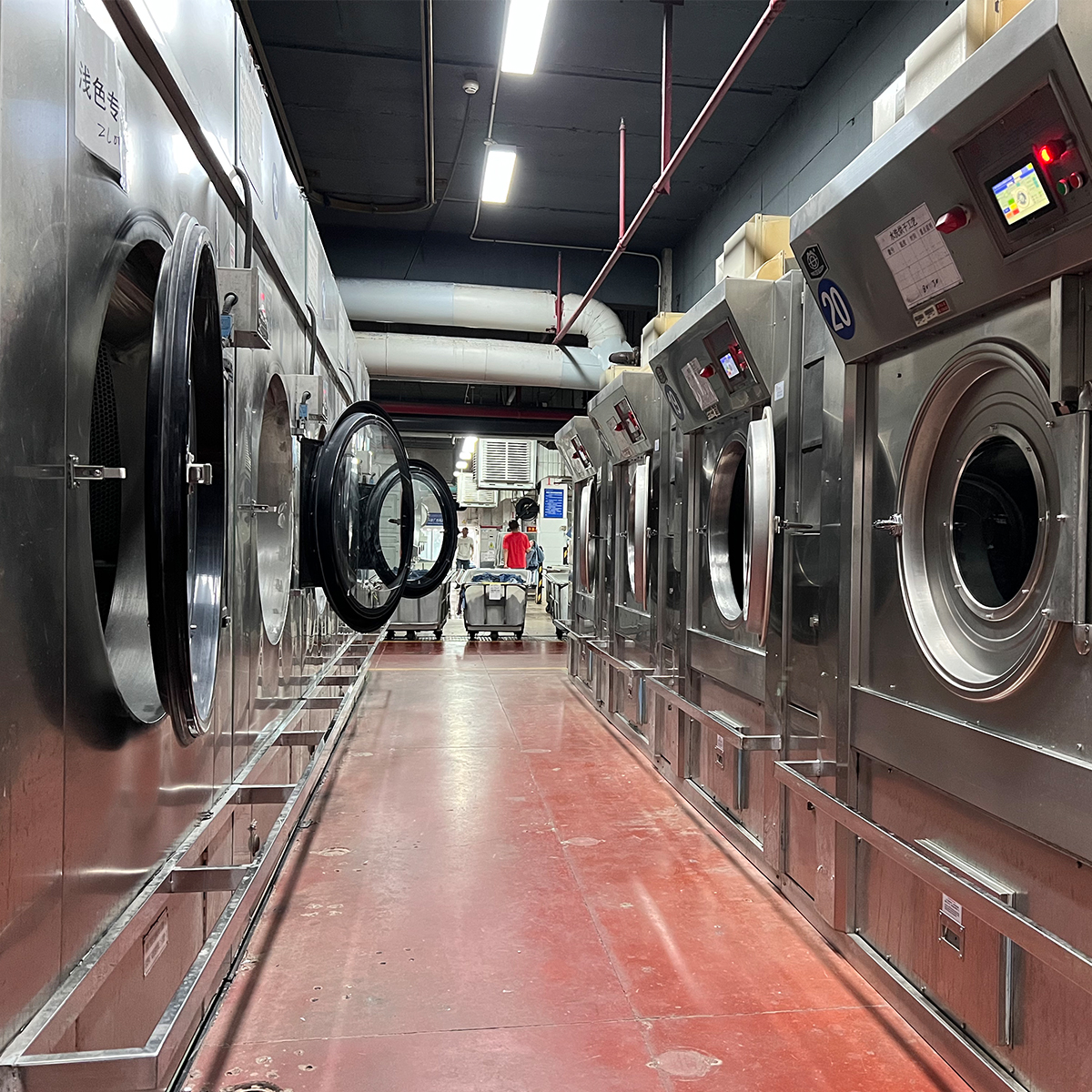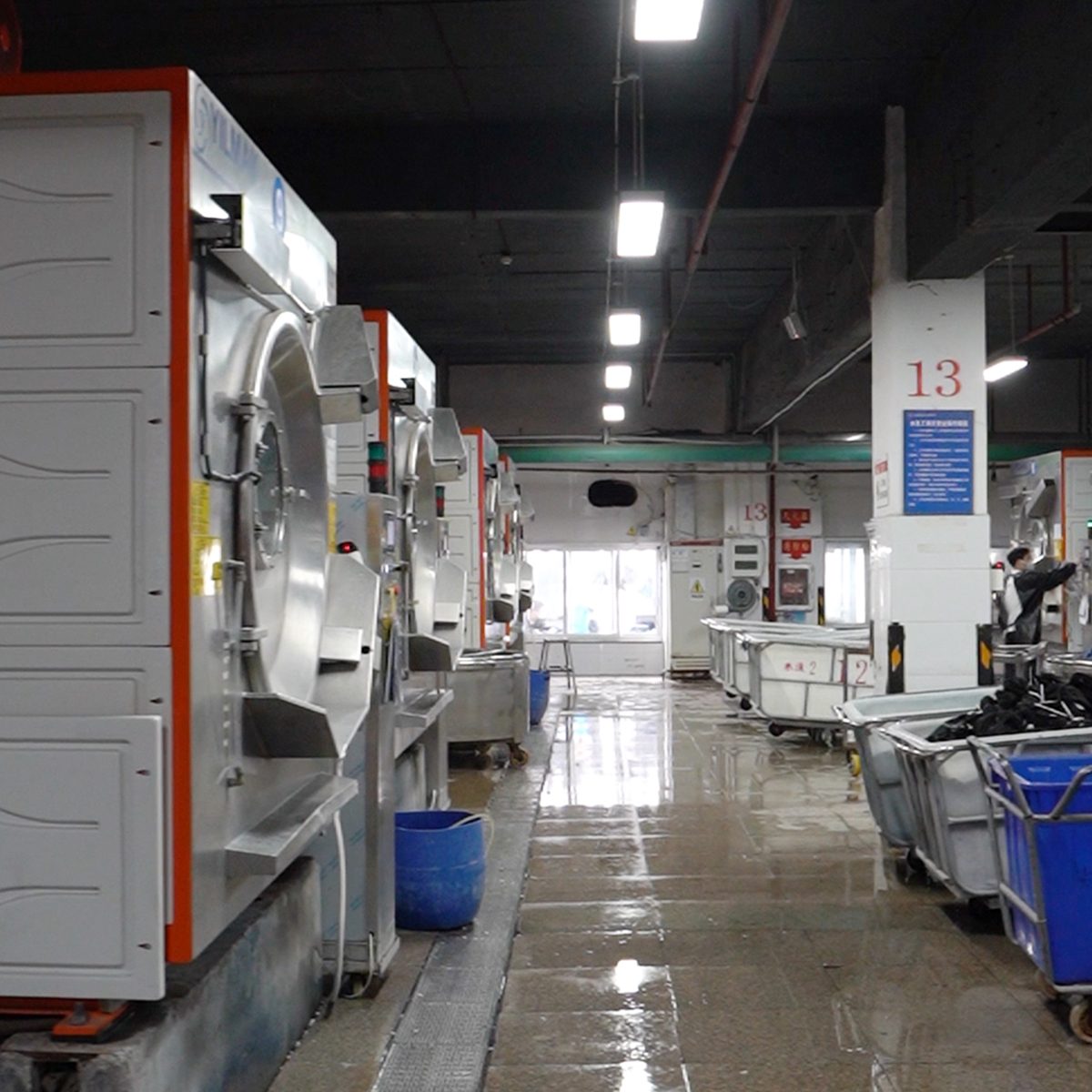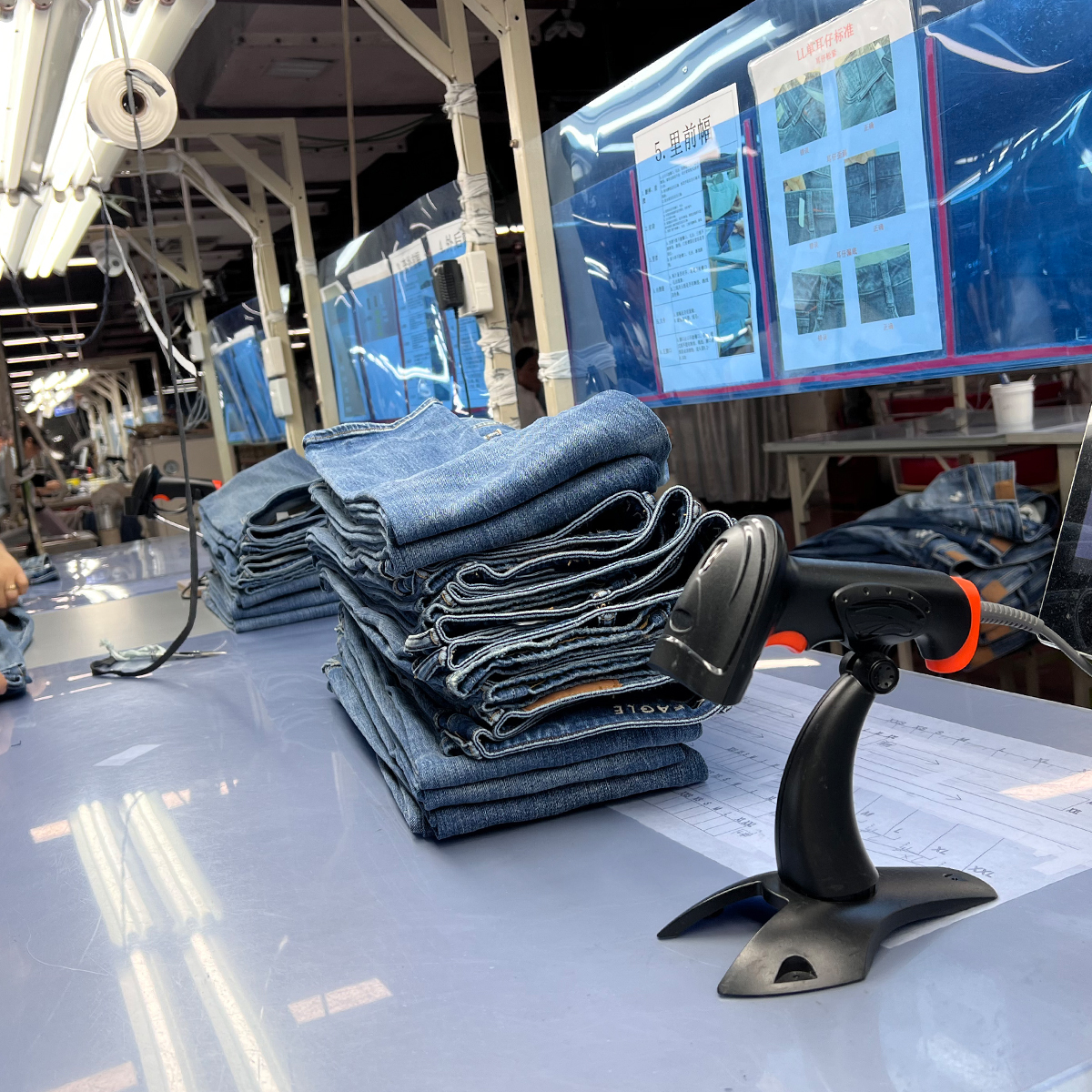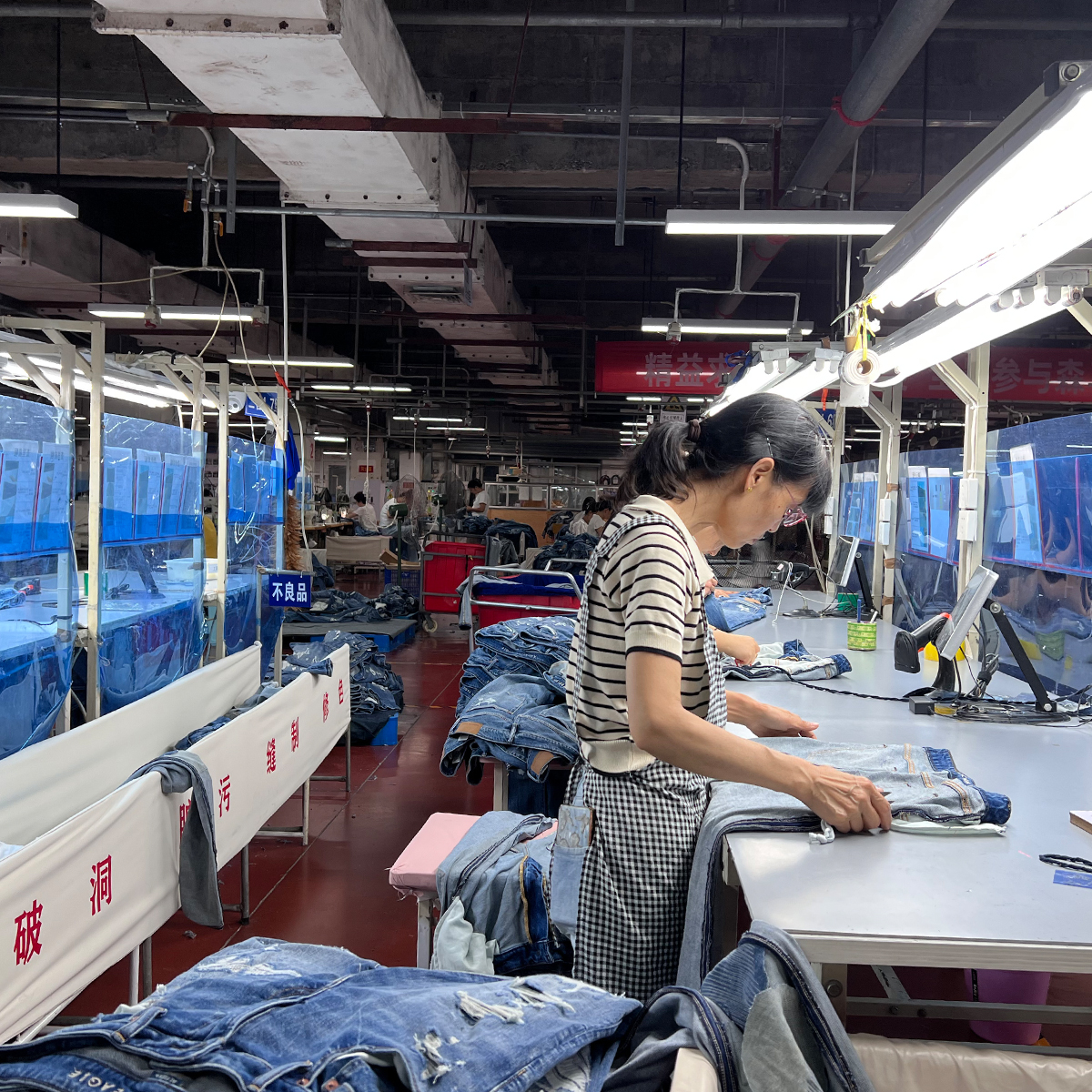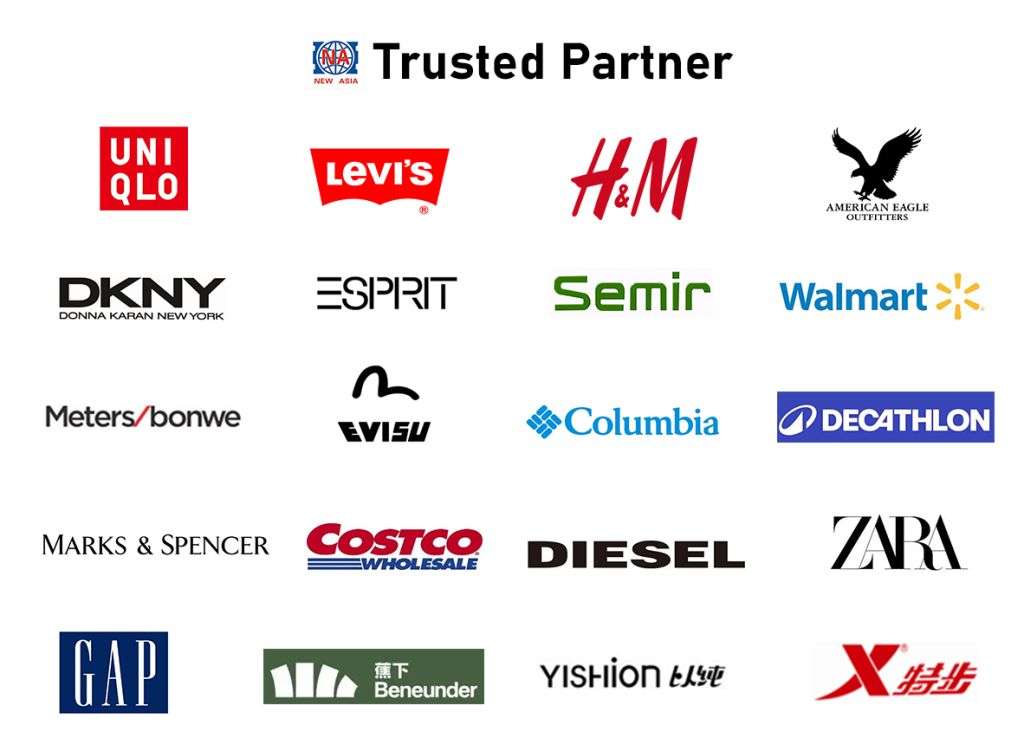Denim, once a fabric exclusive to laborers and workwear, has transformed into a global fashion staple that adorns the wardrobes of millions. The term “jeans” evokes a sense of style, comfort, and individuality. But how did these garments evolve, and what roles do jeans manufacturers play in shaping modern fashions? This article delves into the history of denim, the innovation within the manufacturing industry, and the sustainable practices that are becoming essential in today’s market.
A Brief History of Denim
The history of denim can be traced back to the 17th century in France, where it was known as “serge de Nîmes,” a textile that was both durable and suitable for workwear. However, the real breakthrough for denim came in the late 1800s when Levi Strauss and Jacob Davis patented the first pair of jeans in 1873. These jeans were designed for miners during the California Gold Rush and quickly became popular due to their durability and functionality.
Fast forward to the 1950s and 1960s, jeans have transcended their workwear roots to become a symbol of rebellion, worn by icons such as James Dean and Marlon Brando. The fabric evolved alongside culture, leading to the design explosion of the 1980s and 1990s, where various styles of jeans such as bootcut, flared, and skinny jeans emerged.
The Role of Jeans Manufacturers
Jeans manufacturers play a crucial role in the evolution of denim fashion. These companies not only create the jeans we wear but also drive innovation in the industry. Today’s jeans manufacturers are focusing on cutting-edge designs, eco-friendly practices, and enhanced customer experiences. From small artisan brands to vast conglomerates, their impact on the fashion landscape cannot be overstated.
Innovative Techniques
As consumer preferences shift, manufacturers are adapting by employing innovative techniques. This includes the introduction of stretch denim, allowing for increased comfort and fit without losing the rugged texture of traditional jeans. Advanced stitching methods and washing processes have also revolutionized how denim looks and feels, expanding options for consumers.
Sustainability in Denim Manufacturing
In recent years, sustainability has become a focal point for jeans manufacturers. The denim industry is infamous for its heavy water usage and environmental toll; however, many brands are turning this narrative around. Companies are now implementing eco-friendly practices such as using organic cotton, reducing water consumption during the production process, and recycling old jeans into new fabrics.
Moreover, many denim manufacturers have adopted a ‘circular’ economy approach where they take back old jeans from consumers for recycling. Such practices not only minimize waste but also establish a sustained relationship with the customer, reinforcing the brand’s commitment to the environment.
The Moving Trend Towards Personalization
With the rise of e-commerce and technology, personalizing one’s jeans has become increasingly accessible. Many brands currently offer a tailored experience, allowing consumers to customize fit, wash, and style. Websites provide interactive features that allow customers to virtually try on various styles, making it easier than ever to select the perfect pair of jeans from the comfort of their home.
This trend not only enhances customer satisfaction but also provides valuable data for manufacturers to predict upcoming trends, allowing them to stay ahead in a highly competitive market.
Global Impact of Jeans Manufacturing
The jeans manufacturing industry has a significant global presence, contributing to economies worldwide. Countries such as Bangladesh, China, and Vietnam are among the largest producers, where denim factories facilitate employment opportunities for millions. The intricate supply chain encompasses raw material sourcing, manufacturing, distribution, and retail, making each pair of jeans a product of global collaboration.
Challenges in the Global Market
However, with the expansion of the denim market come challenges. Ethical manufacturing practices must be prioritized as various reports highlight issues related to labor conditions in factories. Brands face increasing pressure to enforce transparency throughout their supply chains and ensure fair treatment of workers.
Future Trends in Denim Fashion
Looking ahead, the future of denim is bright. Trends such as ‘slow fashion’ are emerging, whereby consumers are encouraged to invest in high-quality, durable clothing rather than fast fashion trends. As a result, jeans manufacturers are focusing on creating timeless designs that emphasize quality over quantity.
Additionally, the integration of smart textiles is on the rise, with some brands experimenting with denim embedded with technology for various functions such as moisture-wicking capabilities, temperature regulation, and even built-in fitness tracking.
Conclusion
As jeans manufacturers continue to innovate, they are not only shaping the fashion industry but also redefining what it means to be environmentally and socially responsible. With the evolution of denim and the rise of sustainable practices, the future of jeans promises to be as dynamic as the fabric itself.
In summary, every pair of jeans tells a story—of history, culture, and innovation. Manufacturers dedicated to enhancing the denim experience are paving the way forward, ensuring that jeans remain a beloved wardrobe staple for generations to come.



